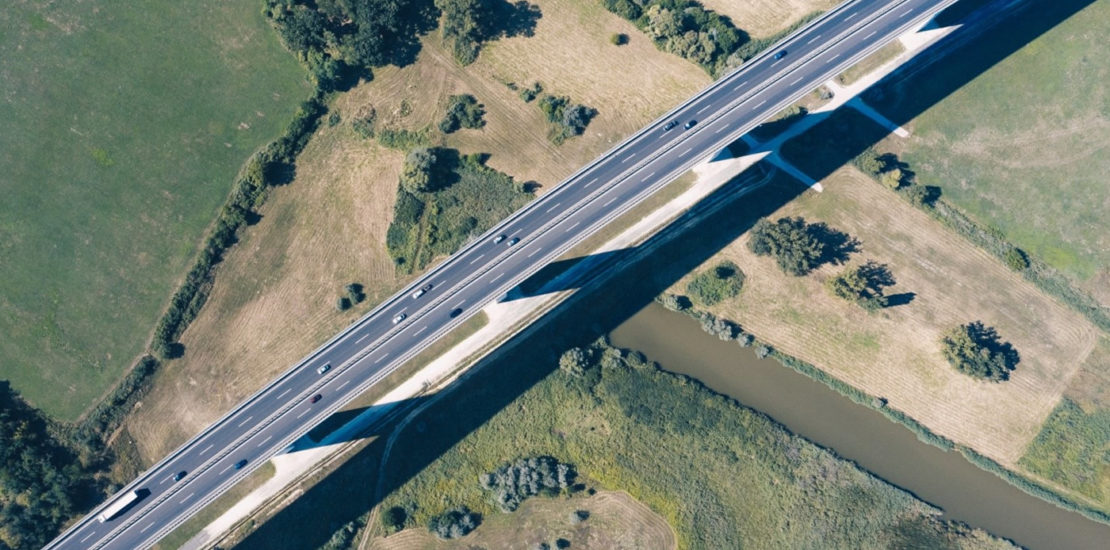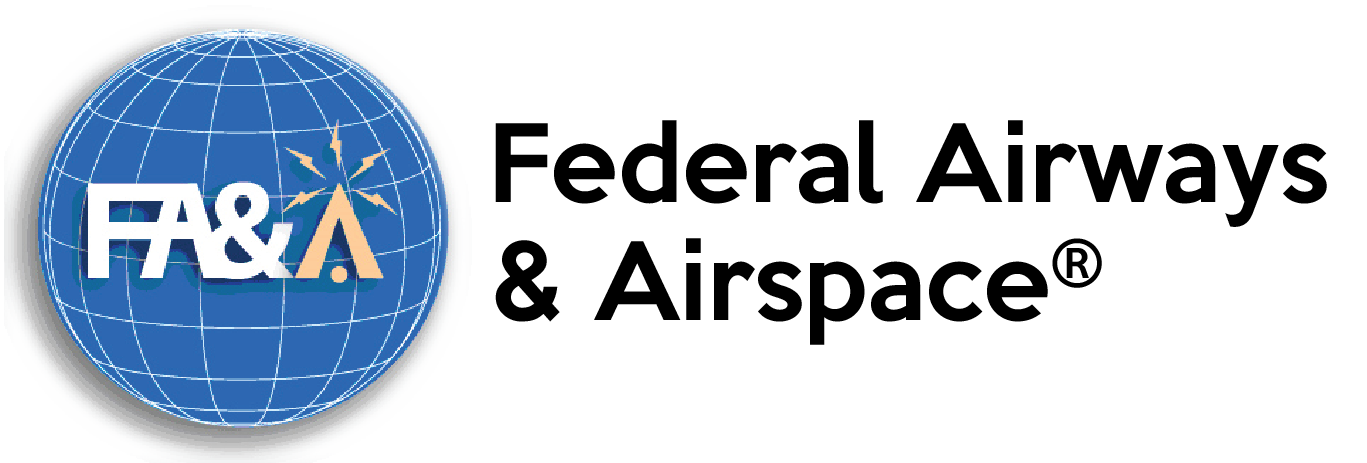
In recent years, eminent domain has become a major issue for airports pursuing expansion projects. As airports continue to become larger in size to accommodate the growth in aviation, landowners are having the air rights on their property taken away.
What Is Airspace Eminent Domain?
When a property owner wishes to utilize their land and construct a building, they are denied because the airport’s imaginary surfaces are restricting their height. This loss of height can reduce the overall value of the property or perhaps make the property worthless.
An Example
On 6/15/1990, application was made to the FAA via FAA Form 7460-1 (paper copy) for a 142 feet above ground level (AGL) structure. The proposal was to be located at North Latitude 36° 06’ 33” and West Longitude 115° 09’ 10”. This was to be the future home of the Hard Rock Casino and Hotel.
On July 19, 1990, Clark County Planning Commission held a public hearing on the proposal to:
“… construct and maintain a 300 room, 11 story, hotel with approximately 43,000 square feet of casino, restaurants, lounge, bars, sports book, health club and support related facilities and uses.”
The facility was to be generally located on the north side of Harmon Avenue and west of Paradise Road. Generally at the height of 142 feet AGL the Clark County Department of Aviation (DOA) did not object to the proposed building. The FAA issued a Determination of No Hazard on November 20, 1991 under ASN 91-AWP-0677-OE.
On June 27, 1991, the proponent refiles a FAA Form 7460-1 to increase the height of the proposed hotel/casino from 142 to 188 feet AGL.
The FAA also approved the construction of the subject building at the requested height. At this point, the Clark County DOA objected to the proposed building as the structure was directly under the approach to Runway 19R. At that time, the Airport Layout Plan (ALP) on file with the FAA for LAS provide a 20:1 approach for Runways 19R and 19L. Runway 19R was only 5000 feet in length and was a visual only runway. On or about August 6, 1991, the DOA quickly submitted an updated ALP for LAS to the FAA. The new ALP provided instrument approaches to both Runway 19L and 19R.
A new public meeting was announced for August 8, 1991 for 190 feet AGL structure at the above location. The Planning and Zoning staff did not recommend approval of the increase in height in spite of FAA approval and recommended a new application be submitted for evaluation based upon the DOA objection as well as the new ALP.
The building architect contacted the FAA representative, Mr. “Bud” Whitfield on the matter. In their memo dated 8/26/1991 to Clark County Planning & Zoning, they stated Mr. Whitfield disclosed to them he had not received a revised ALP and the criteria used for the FAA approval on July 22, 1991 was the approved ALP.
On December 3, 1991, the DOA stated they would have no objections if the height of the proposed Hard Rock Hotel/Casino did not exceed 149 feet AGL.
On September 4, 1992, the DOA wrote Mr. Whitfield objecting to the approval of a temporary addition to the proposed Hard Rock Hotel Casino of a 70 foot guitar atop the 11 story building. The approval was contingent upon removal once a precision instrument procedure was provided for Runway 19R.
On September 25, 1992, the DOA wrote to the Hard Rock Architect stating their objection to the addition of a 70 foot guitar to the top of the 11 story building.
On November 30, 1993, a new FAA Form 7460-1 was filed with the FAA for a new height of 172 feet AGL for the proposed building.
On January 3, 1994, the DOA recommended denial of the hotel at the requested height of 182 and would only support a height of 149 feet AGL. They stated their objection to any height above 149 would exceed the proposed 50:1 precision approach planned for Runways 19/LR.
On February 10, 1994, a meeting was held in the RNB’s conference room with the Architect (AIA) Hard Rock Staff and the DOA. The DOA disclosed the FAA was using an out of date ALP and needed to have the hotel reduce their height to not exceed 125 feet AGL due to the 34:1 approach slope. (This is where the error begins).
On February 14, 1994, the FAA issues a DOH for the Hard Rock for 125 feet AGL. This is so wrong because DOA submitted another updated ALP on January 10, 1994 increasing the length of Runway 19R by another 700 feet by extending to the north. In this iteration, Mr. Whitfield believed the ultimate extension of Runway 19R was 1400 feet and extended across Tropicana.
On February 12, 1997, a new proponent filed a new FAA Form 7460-1 for a building 142 feet AGL at the site of the Hard Rock. The provisions called for a 12 story 119 feet high building.
On December 10, 1997, a new application for 138 feet AGL was filed.
Through a series of errors in application of the ALP, limitation of the allowable height occurred. Many events occurred to reduce the height of the Hard Rock Hotel/Casino. None of the proponents’ representatives appeared to be knowledgeable of the FAA process. The record does not show any counter arguments to the FAA/Airports claims. No investigation of the claims and submissions by the airport to the FAA and the FAA responses. It appears based upon the facts of this case study the Hard Rock Hotel/Casino was misinformed which resulted in the loss of 2 floors in height.
The Next Step
Our airspace consultants will take the coordinates where you are considering and construct a search ring up to a 5 nautical mile radius. All instrument approach procedures and other height limiting surfaces that could affect the area of interest are overlaid on topographic and aerial photographs for easy identification. In our report, we highlight which possible locations will allow the heights you require.
A circle search analysis is one of the best ways to plan without incurring the high cost of purchasing the land and finding out there are several height restrictions affecting the property. Often times, identifying a more favorable location can mean be the difference between 25 feet and 200 feet.
